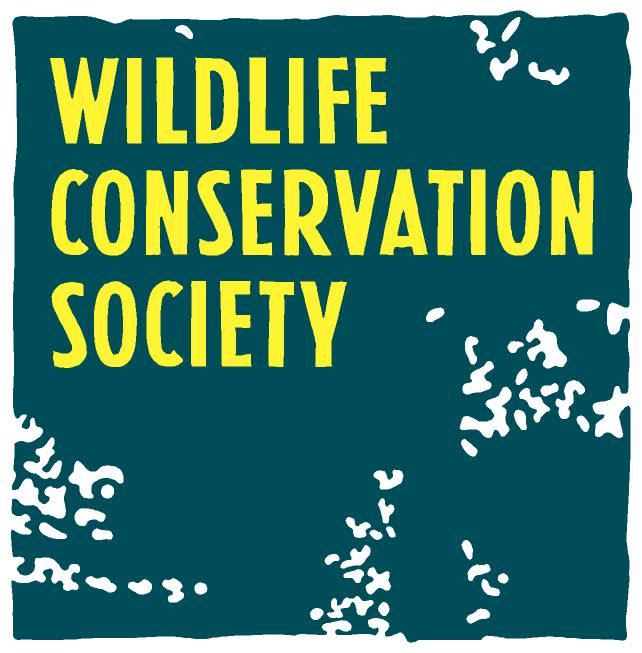WCS Supports U.S. Department of Interior Proposed Plan Balancing Conservation and Energy Development
OutdoorHub 08.14.12

The Wildlife Conservation Society (WCS) expressed support for today’s announcement by U.S. Secretary of the Interior Ken Salazar of a proposed plan balancing conservation, subsistence rights for Alaska Natives, and energy development in Arctic Alaska’s most important landscape for wildlife. By protecting extensive coastal plain habitat around Teshekpuk Lake, and the foothills around the Utukok uplands, the most important Arctic wetlands and migratory corridor for caribou and migratory birds would be conserved. A final management plan for the NPR-A may be issued by the secretary after a 30-day review.
The following is a statement from Dr. Cristián Samper, WCS President and CEO:
“Our conservation science has consistently shown that wildlife in the NPR-A are best served by a development approach that balances wildlife protection and responsible oil and gas leasing. Western Arctic Alaska is arguably the most important region for wildlife in all the Arctic, which is why we consider today’s announcement by Secretary Salazar an important step in the right direction.
“Critical habitat exists within the NPR-A for several species of wildlife, including nesting grounds for millions of migratory birds and calving grounds for two of Alaska’s largest and most important caribou herds. By protecting these existing areas from future development, a balance can be achieved and wildlife conservation secured.
“WCS has engaged the Bureau of Land Management along every step of its assessment process. We have studied wildlife in Arctic Alaska for more than a decade, including in remote areas near Teshekpuk Lake.
“Through the years, we have submitted comments on Draft Environmental Impact Statements and held a Congressional briefing in the U.S. Capitol featuring WCS conservationists Steve Zack and Joe Liebezeit with other conservation partners. We have also engaged the public on this subject, spurring 36,168 people through an online alert to submit comments to the Bureau of Land Management.
“By keeping development and disturbance away from essential wildlife habitat, Arctic wildlife will continue to thrive. WCS studies have shown that human activities associated with development, such as the oilfields in Prudhoe Bay, negatively affect populations of nesting birds by attracting predators such as foxes, ravens and gulls.
“The Arctic wetlands surrounding Teshekpuk Lake, the Utukok River Uplands, Kasegaluk Lagoon and other areas are the largest in the world and are internationally important for massive numbers of migratory birds, including waterfowl, shorebirds, and loon. The plan announced today will help conserve these birds and assures caribou protection across much of their migration and into their calving grounds. Many other Arctic species, including polar bear, snowy owl, and gyrfalcon, will further benefit from this plan.”

